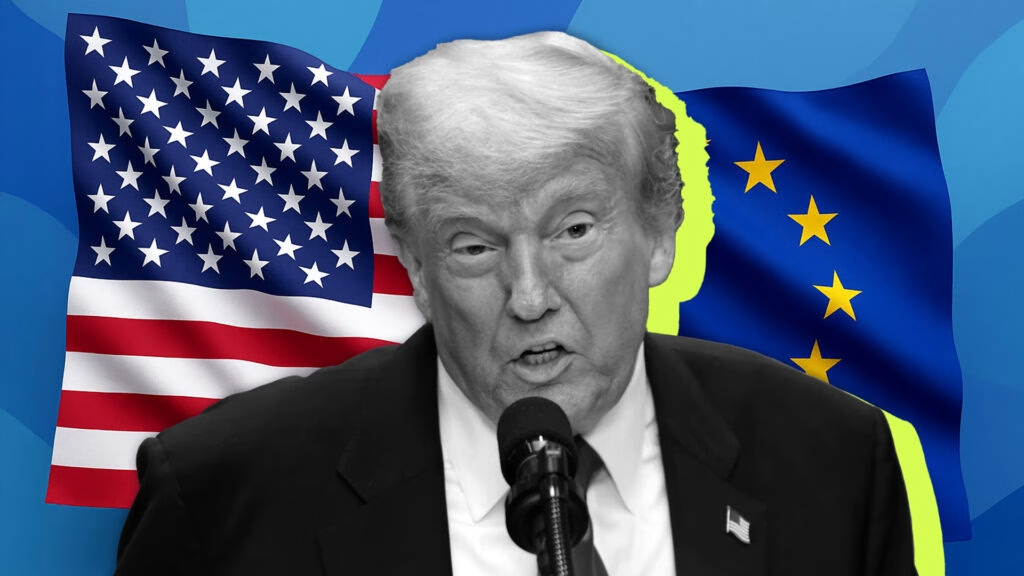What Does the New US-EU Trade Deal Actually Change for Car Buyers and Automakers?
If you’ve been following the headlines, you might have caught wind of a major trade agreement between the United States and the European Union. But what does this really mean for folks buying cars, for the companies building them, and for the broader economy? Let’s break it down in plain English.
How Will the Lower Tariffs Affect European Cars in the US?
The heart of the deal is this: the US is slashing tariffs on vehicles made in Europe. Previously, European automakers faced a hefty 27.5 percent tariff when selling cars in the US. Now, that rate drops to a flat 15 percent for most EU goods, including cars. For anyone eyeing a new BMW, Mercedes, or Volkswagen, this could mean a little less sticker shock at the dealership—though don’t expect overnight price drops. Automakers often take time to adjust pricing, and some may use the savings to pad margins or invest in US operations.
For European brands, this is a sigh of relief. Just weeks ago, President Trump was threatening to hike tariffs to 30 percent, which would have made it nearly impossible for many European models to remain competitive in the US market. The new deal doesn’t just avoid that doomsday scenario—it actually improves the landscape compared to the status quo.
Why Did Steel and Aluminum Get Left Out?
Not everything made it into the “win” column. Steel and aluminum imports from the EU are still facing a steep 50 percent tariff. That’s a huge number, and it’s not just about raw materials. Higher steel costs ripple through the entire manufacturing process, from car frames to kitchen appliances. There’s talk of replacing these tariffs with a quota system, but for now, European steelmakers and US manufacturers using imported steel will still feel the pinch.
What’s in It for the US? More Than Just Cheaper Imports
This isn’t a one-way street. In exchange for tariff relief, the EU has agreed to buy $750 billion worth of American oil, gas, nuclear fuel, and semiconductors over the next three years. That’s a massive boost for US energy and tech sectors. The EU is also investing $600 billion in the US, including big-ticket military equipment purchases. These moves are designed to strengthen transatlantic ties and, frankly, to keep both economies humming in a world that’s anything but predictable.
A few sectors get even sweeter deals: zero tariffs on all aircraft and component parts, certain chemicals, some generics, semiconductor equipment, select agricultural products, natural resources, and critical raw materials. For US farmers and manufacturers, that’s a green light to ramp up exports.
Are There Still Unresolved Issues?
Absolutely. While the 15 percent tariff is a big improvement over the threatened 30 percent, it’s still much higher than the average 4.8 percent tariff that was in place before the recent round of trade tensions. Some details—like how to handle non-tariff barriers for cars and agricultural products—are still being hammered out. These might seem like small potatoes, but they can make or break whether a product actually gets to market.
There’s also the matter of steel and aluminum. Industry insiders are watching closely to see if a quota system replaces the current tariffs, which could offer some relief without opening the floodgates to imports.
How Are Markets and Companies Reacting?
The announcement sent a jolt of optimism through global stock markets. Investors love certainty, and this deal provides a much-needed dose after months of saber-rattling. European automakers, in particular, saw their shares tick up as the threat of punishing tariffs faded.
For US companies, especially those in energy, defense, and tech, the EU’s commitment to buy American is a major win. It’s not just about selling more stuff—it’s about securing long-term partnerships in a world where supply chains are increasingly under pressure.
What Does This Mean for Everyday Consumers?
If you’re in the market for a European car, you might not see immediate price drops, but the odds of your favorite model disappearing from US showrooms just got a lot lower. Over time, as automakers adjust to the new tariff landscape, there could be more choices and slightly better deals.
For workers in industries like steel, the high tariffs remain a double-edged sword: they protect domestic jobs but can raise costs for manufacturers. The ongoing negotiations will determine whether a better balance can be struck.
The Big Takeaway
This US-EU trade deal isn’t about perfection—it’s about smarter adjustments. The two sides have managed to pull back from the brink of a trade war and create a framework that benefits both economies, even if some tough issues remain. Start with one change this week—whether it’s following how your favorite brand responds or considering a new model—and you’ll likely spot the difference by month’s end.

